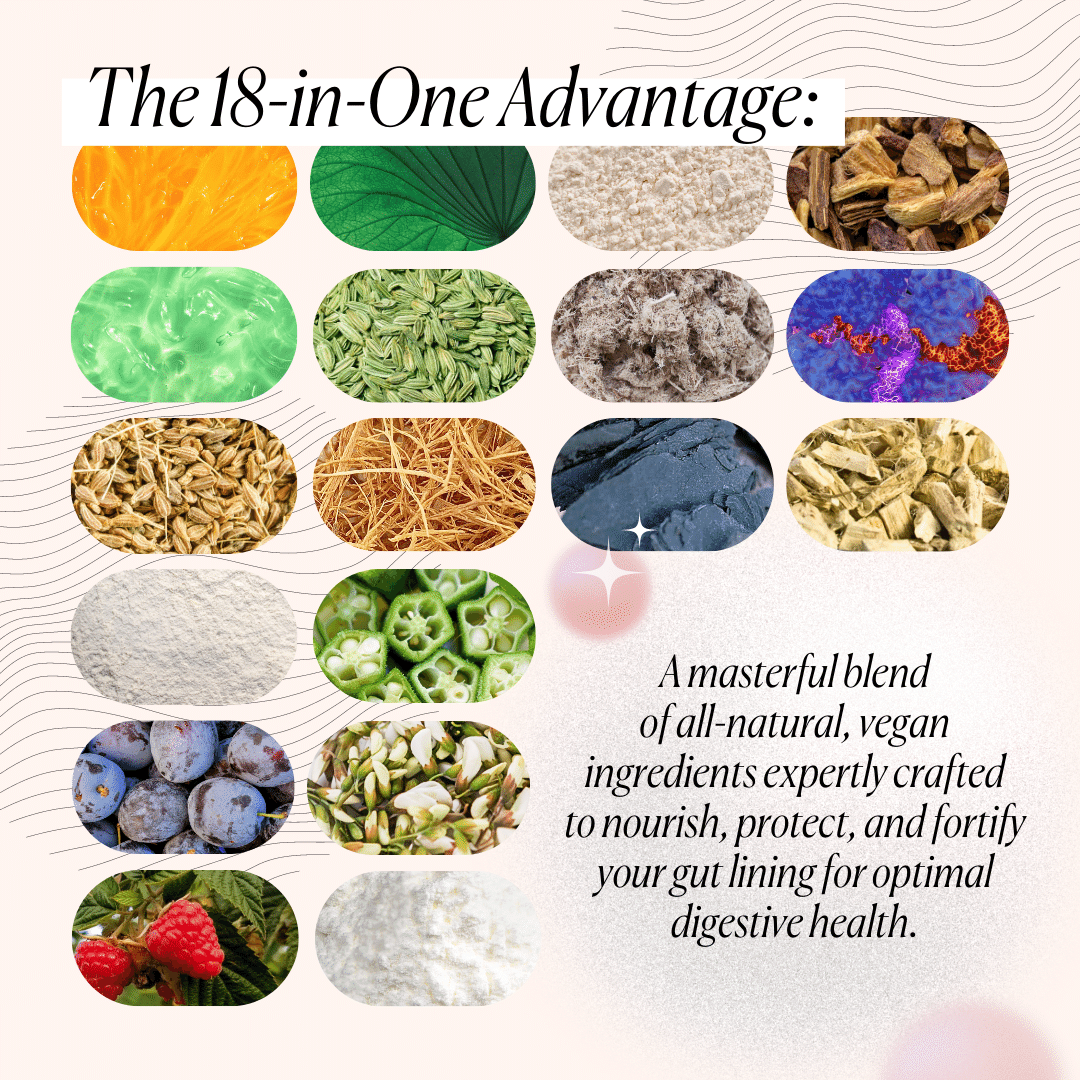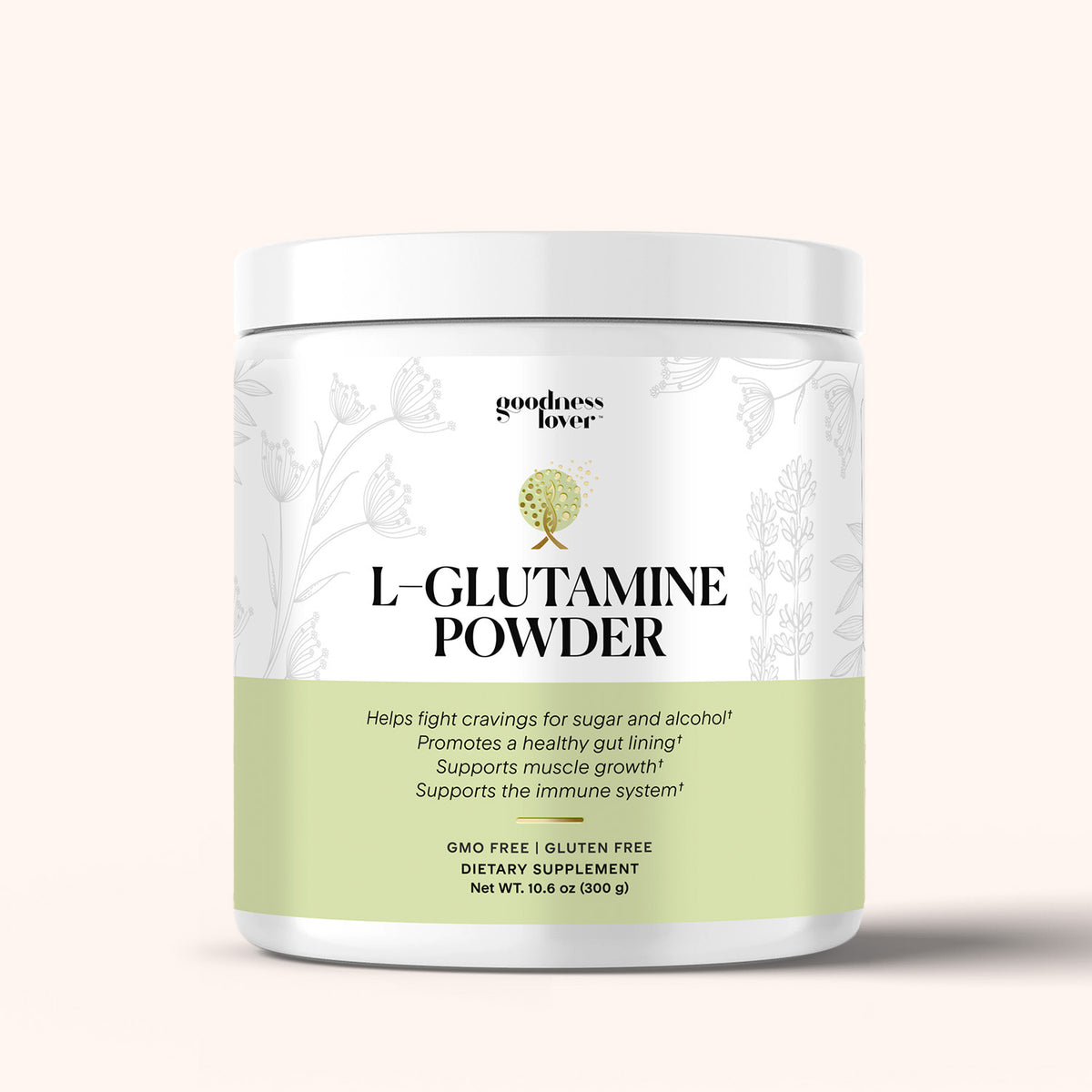Introduction
The pathways to drainage are a series of processes by which waste leaves our bodies. When our drainage pathways become clogged or stagnant, we are unable to eliminate toxins and waste.
Just as creeks and streams flow into bigger and bigger rivers and waterways, our bodies are equipped with vessels for transporting waste into successively larger channels of elimination. If there is a blockage in the flow of waste at some point along the chain, the channels that flow into that vessel will be impeded – just as obstructing the flow of water in a river will flood upstream tributaries.
In our bodies, ‘flooding of upstream tributaries’ manifests as uncomfortable and even dangerous reactions to detoxification as toxins and wastes are released into our bloodstream but cannot be eliminated from our bodies.
That’s why opening our drainage pathways is the essential first step of a healing regimen!
People who are beginning a health journey are often eager to dive into targeted healing protocols and wonder: “Is it truly necessary to take time to open the pathways to drainage before getting down and dirty with aggressive detoxification?”
My answer to that is YES!!!
This step is very important for multiple reasons. It will enable you to have a more comfortable experience and save you from the side effects of heavy detox like headaches, fatigue, insomnia and temporarily exacerbated symptoms. It will also protect you from causing damage to your organs by releasing large amounts of toxins that your body is unable to flush.
Plus, opening your drainage pathways will automatically trigger a gentle, mild detox that will help to reduce your symptoms and decrease inflammation. Try not to think of it as postponing the more important work to come, but as an essential step with its own important benefits.
The Pathways of Waste Elimination
Remember, there are several steps of drainage that must flow in coordination to achieve effective elimination.
Going back to our metaphor of the waterways, at the top of our watershed we have the brain glymphatic system. A network of specialized vessels in the nervous system comprise the glymphatic system, which collects and removes aerobic waste and toxins from the tissue of the brain and spine.
From here the glymph flows downstream into the lymph vessels. The lymphatic system functions as a secondary circulatory system, supplying immune cells and removing waste from our muscles, organs and glands.
The lymph then flows on to a larger tributary: the liver/bile duct. The liver traps toxins in bile to be removed from the body. Bile flows along to be emptied into the colon.
The colon is obviously the last holding point for waste before it is eliminated from the body. However, it does rely on another organ to function properly: the kidneys.
The kidneys are responsible for filtering waste from the body and also control hydration of the colon. If the kidneys are weak or stressed, our colons become dehydrated and we are likely to experience constipation.
Constipation represents the ultimate obstruction in the river that will cause flooding to upstream channels. If we are not having regular, healthy bowel movements, all of the systems upstream of the colon will be flooded with toxins.
That means the liver and gallbladder, lymphatic system and glymphatic system will all be unable to perform their essential functions of filtering and removing waste from our brains and bodies. It also means that the organs that are supported by these systems will not be able to function optimally.
No wonder we feel SO BAD when our bowels are obstructed!
Clearly it is very important to keep waste flowing out of our bodies at all times – and especially when we’re actively triggering heavy detoxification.
There’s a lot of things we can do to keep our organs healthy and functioning optimally. Let’s take a look at functional medicine expert Dr. Jay Davidson’s recommendations for maintaining open and flowing drainage pathways, starting at the end of the chain with our kidneys and working our way back to our brain glymphatic drainage system.

Kidneys
-
Proper hydration
Maintaining proper hydration is essential to supporting the kidneys. Dr. Jay recommends drinking half your body weight in ounces of filtered, spring or mineral water every single day.
-
Limit your protein consumption
Excessive intake of protein overworks the kidneys. Protein consumption should be no more than 0.8 grams/pound of body weight.
Colon
-
Colon hydration
Keep your colon hydrated and lubricated by including lots of unprocessed, whole foods in your diet.
-
Eat mindfully and chew thoroughly
Eat mindfully and chew thoroughly to enhance the production and function of your digestive enzymes.
-
Eat fermented foods
Eat fermented foods to increase and diversify the bacteria in your microbiome. Try eating a variety of living foods like apple cider vinegar, yogurt, kombucha and sauerkraut to inoculate your gut with live, active cultures.
-
Eat lots of fiber
Be sure to eat lots of fiber! Fiber-rich foods like oats, flax seeds, hemp hearts and chia seeds feed desirable bacteria and promote motility of the colon.

Liver and Gallbladder
-
Coffee enemas
Tone the liver and stimulate production of bile with coffee enemas. The hemorrhoidal veins in the colon are directly linked to the hepatic portal vein system of the liver. Coffee contains caffeine and choleretics which strengthen the liver and encourage flow of bile.
-
Herbal supplements
Use herbal supplements. Milk thistle, dandelion and beetroot powder are great for supporting the liver and gallbladder.
Lymphatic System
-
Exercise
Exercise is wonderful for encouraging the flow of lymph. Walking is helpful because it stimulates many large lymph nodes. Yoga, stretching, tai chi and qigong also encourage movement of lymph.
-
Get a massage
Get a massage. Massage therapy supports detoxification and elimination. Craniosacral massage and lymphatic drainage massage are techniques specifically intended to encourage release of toxins through our drainage pathways.
-
Use a sauna
Use a sauna. Sweating in a sauna encourages toxins that have collected in the lymphatic system to be released through the skin.
-
Dry brushing
Make dry brushing part of your personal care routine. Gently stroking the skin with a brush exfoliates dead skin cells and promotes the flow of lymph fluid.
-
Sour foods
Eat sour foods. Sour, astringent foods like citrus fruits and apple cider vinegar cause the vessels of the lymph system to contract.
-
Enjoy a nice, relaxing bath
Enjoy a nice, relaxing bath. A hot soak stimulates release of toxins through the skin. Add Epsom salt and baking soda to your bath water to maximize detoxification.

Lymphatic System
-
Rest
Be sure you’re getting enough rest. The system that detoxifies and maintains the health of your central nervous system is most active when you are asleep.
-
Walk
Take a walk. Standing drains cerebrospinal fluid. Be careful not to sit for long periods of time at your desk.
-
Breathe
Use breathing exercises to keep your brain clear. Deep breathing and strong inhalations have been shown to stimulate flow of cerebrospinal fluid in the brain.
Now you know why it’s essential to our healing to support our bodies’ mechanisms for waste elimination. Opening our drainage pathways is something that we should be conscious of at all times, not just when we’re initiating a healing regimen. Think of it as routine maintenance that must be performed regularly, not a one-time magic bullet.












What Do You Think? Comment Below: